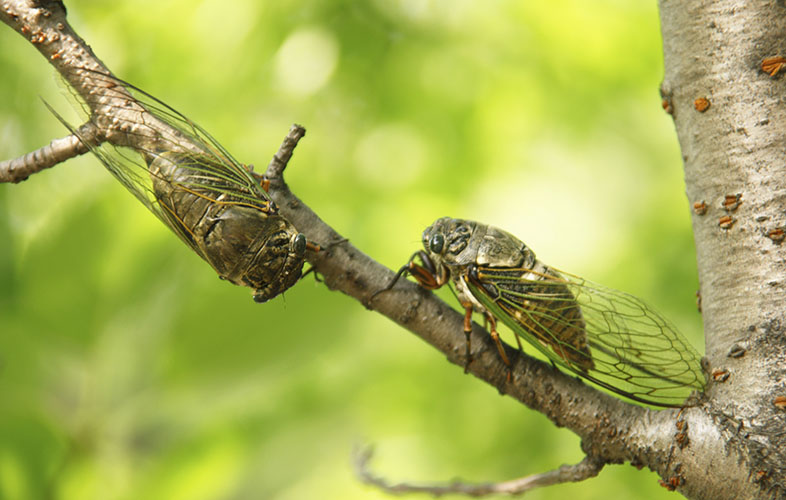The best way to avoid Lyme disease is to avoid tick bites all together. While they love warmth and humidity, ticks are resilient and can survive in a number of environments. Ticks typically live in wooded or tall, grassy areas and have higher populations in the Pacific Northwest, Midwest, and East Coast. [7]
If you venture into tick territory, always wear protective clothing to prevent exposure to ticks. Tuck your long pants into socks and wear long sleeves when possible. Use a DEET-based insect repellent, especially at ‘entry points’ — your ankles, wrists, and neck. Don’t forget a flea/tick collar or medication for your pets!
TruGreen's Flea, Tick & Outdoor Nuisance Pest Control is designed to control active populations of pests, including fleas, ticks, chiggers, earwigs and spiders.



 Branch Finder
Branch Finder













 Back to all blogs
Back to all blogs
Facebook
X
Youtube
Copy Link
Email